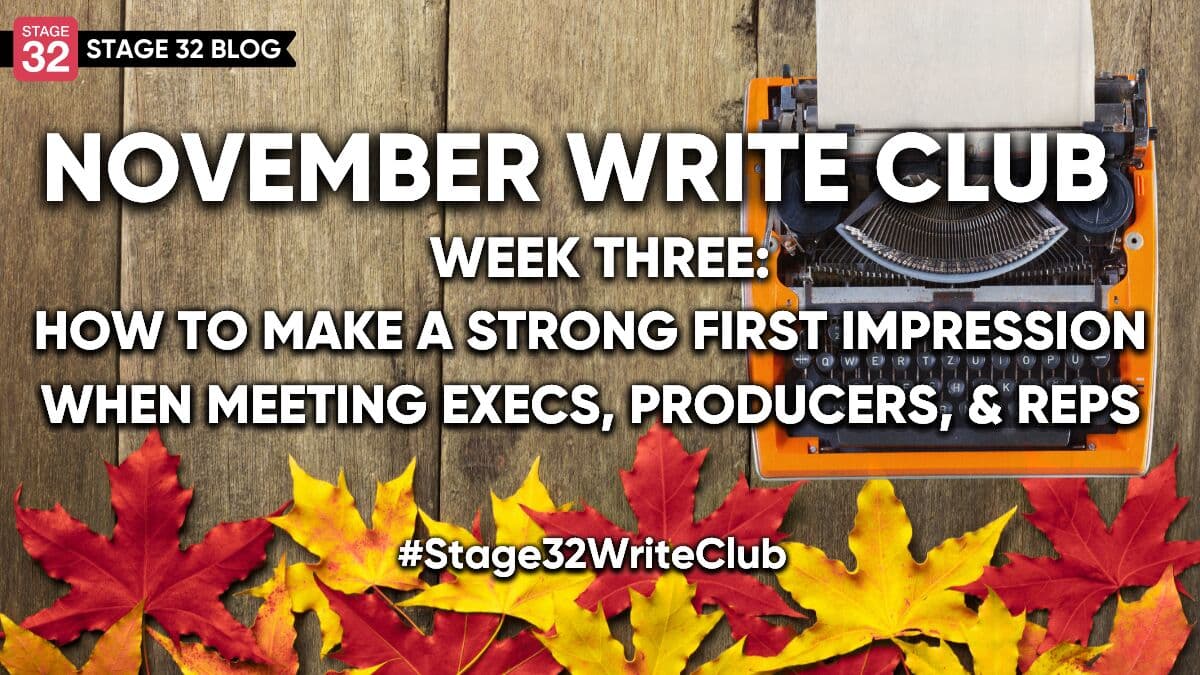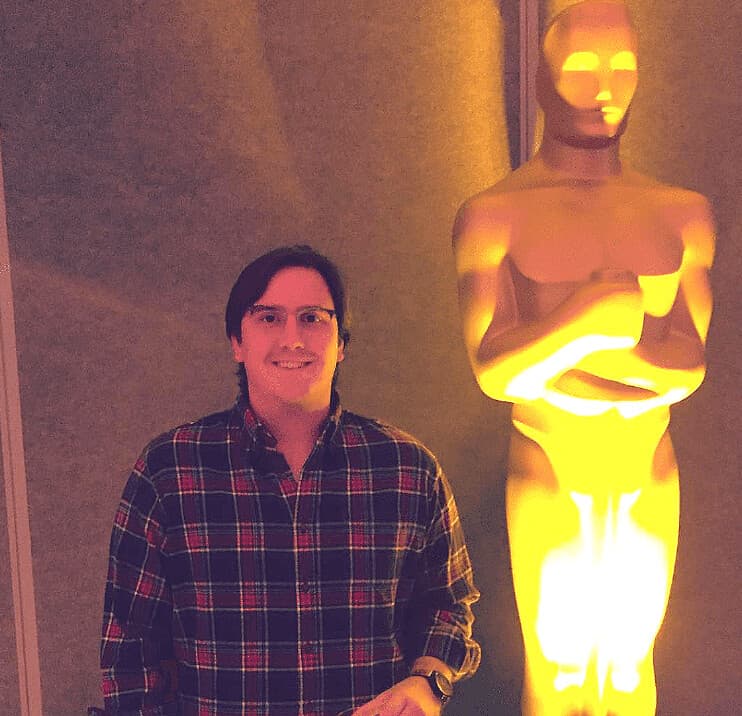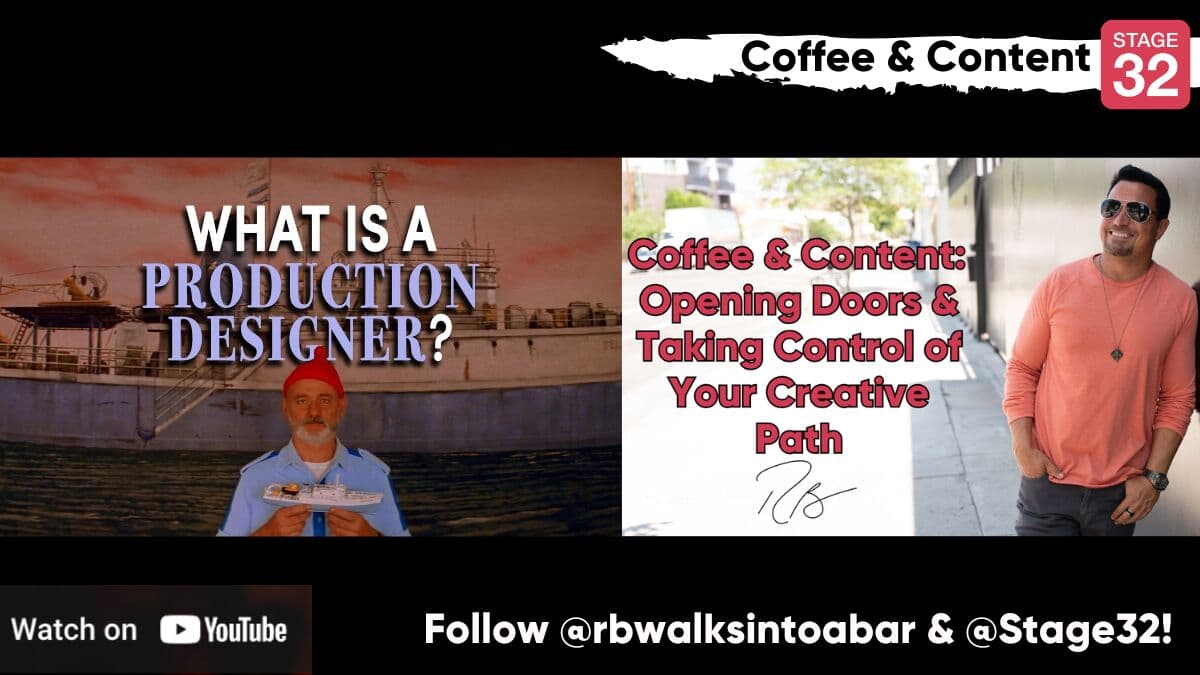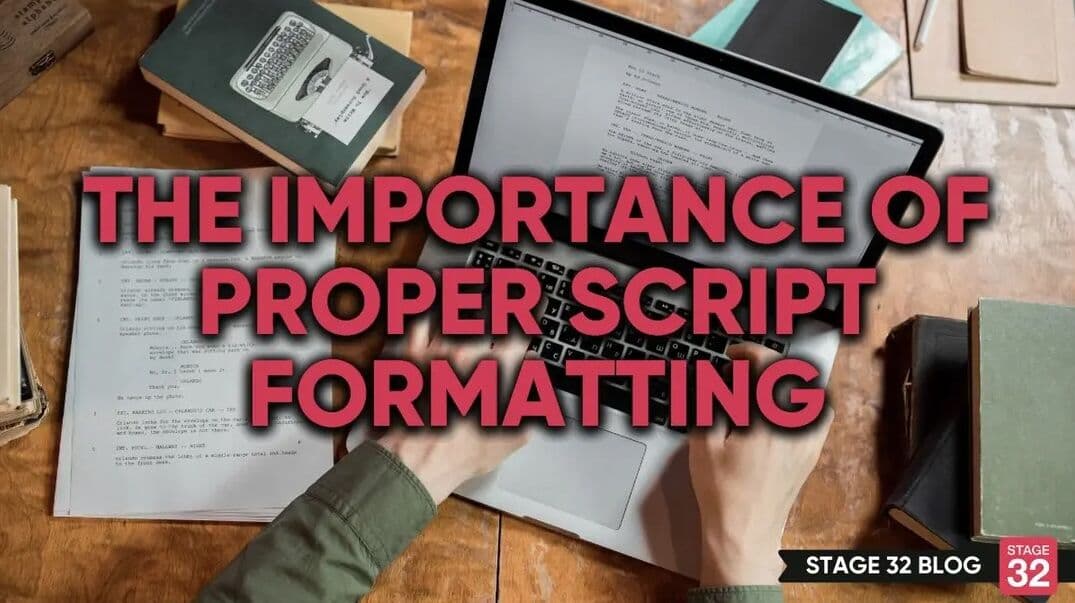Stretching Your Story: Transmedia Storytelling For Creatives Who Think Bigger

Stretching Your Story: Transmedia Storytelling For Creatives Who Think Bigger

If you’re a world-builder, someone who spends time thinking through the rules, history, architecture, politics, fashion, lore, and lineage of your universe, you’re already on the edge of something massive. But what if I told you that you don’t have to limit that creativity to just one screenplay, one novel, or one limited series? What if there’s an entire professional lane designed to take the stories you love building and stretch them across mediums in a way that deepens the experience, builds fanbases, and creates multiple income-generating entry points?
That lane is Transmedia Storytelling, and it’s time we talk about it.
WHAT IS TRANSMEDIA STORYTELLING?
At its core, Transmedia Storytelling is the art of telling a story across multiple platforms and formats, where each medium contributes uniquely to the overall narrative. It’s not just an adaptation of the same story from one format to another; it’s an expansion. Each piece explores a different facet of the world or its characters, contributing something essential to the whole.
A true transmedia project unfolds like a universe, where stories coexist, intersect, and branch out, each deepening the lore.
Think of it like this: One character’s backstory could be told through a webcomic, the main plot unfolds through a feature film, and a side mission is explored via an interactive video game, all connected but not dependent on each other to enjoy or understand the world.

WHY “TRANSMEDIA” GETS MISUNDERSTOOD (AND WHY THAT NEEDS TO CHANGE)
For all the innovation behind it, the term “Transmedia” has often struggled to be taken seriously in industry circles. Too often, it’s been dismissed as a buzzword, gimmick, or marketing ploy, a flashy label used to justify merchandise tie-ins, alternate reality games (ARGs), or half-baked spin-offs rather than a deeply intentional and creative storytelling model.
Because of this, many professionals have distanced themselves from the term, opting instead for phrases like “Cross-Platform Development,” “Multiplatform Storytelling,” or “Universe Storytelling.” And while those alternatives aim to rebrand the concept with more gravitas, none have fully replaced what “transmedia” is meant to represent when executed at its highest level.
At its core, transmedia storytelling is not about gimmicks. It’s about depth. It’s about leveraging the strengths of each medium: film, television, graphic novels, podcasts, video games, live experiences, and more, to tell a unified story that respects the audience’s intelligence and invites them to explore, not just consume.
This misunderstanding has, unfortunately, led to missed opportunities. Worldbuilders, sci-fi and fantasy creators, thriller writers, and even documentary filmmakers often don’t realize they’re sitting on material that could expand into a powerful transmedia property, not because it needs to, but because the story wants to.
The industry is changing. Audiences are more engaged than ever. They want to participate, to follow characters across timelines and platforms, to build theories and experience stories in nonlinear, immersive ways. Transmedia isn’t a trend, it’s a storytelling mindset.
When you embrace that mindset, you unlock new ways to build careers, pitch projects, and invite audiences into a deeper, more meaningful connection with your work.

TRANSMEDIA VS. ADAPTATION: KNOWING WHERE THE LINE IS
It’s easy to confuse transmedia storytelling with a traditional adaptation, but they serve fundamentally different purposes, especially when it comes to how audiences engage with the story.
- Adaptation is a retelling of the same story in a new format. Think of The Hunger Games books becoming films, or The Fallout video game becoming a hit Amazon series. The events, characters, and structure generally stay the same, just presented through a different medium.
- Transmedia storytelling, on the other hand, is a narrative expansion. The core story might exist in one format (say, a TV series), while a supporting character’s origin story is told in a graphic novel, or an unexplored timeline is revealed in an interactive AR experience. Each piece exists independently but enriches the whole for fans who want to go deeper.
Here’s the key distinction:
With an adaptation, if you’ve read the book, you already know the movie.
With transmedia, every medium gives you something new.
Understanding this distinction can help you pitch your projects more effectively. Are you offering a fresh lens on your story through a new platform? That’s transmedia. Are you retelling the same story in a new format? That’s adaptation. Both are powerful, but only one builds out a narrative universe.

ICONIC TRANSMEDIA STORY EXAMPLES
Let’s look at some of the most successful universes that took advantage of true transmedia expansion, stories that were deliberately extended across multiple platforms to enrich the narrative, not just repackage it.
The Matrix Universe
The original film launched a revolutionary sci-fi concept. But the full scope of The Matrix wasn’t confined to the trilogy. It extended into The Animatrix (a collection of animated shorts), comic books, and the Enter the Matrix video game, which contained story material that directly connected to the movies. To truly experience the entire story arc, you had to engage with all of these. This is a textbook example of transmedia storytelling.
Star Wars
Before the term “transmedia” was even popular, Star Wars was pioneering it. Beyond the films, the Star Wars universe expanded through novels, comics, animated series (The Clone Wars, Rebels), video games (Knights of the Old Republic, Jedi: Fallen Order), theme park attractions (Galaxy’s Edge), and streaming series like The Mandalorian and Andor. No single medium tells the whole story—each part is additive and helps define an ever-growing galaxy.
The Lord of the Rings & The Hobbit
J.R.R. Tolkien’s novels were transformed into multiple trilogies, but the universe has continued expanding through appendices, video games (Shadow of Mordor, Gollum), online lore forums, animated films, and most recently the Rings of Power streaming series. These entries explore different ages and storylines within Middle-earth, enriching the lore beyond the source novels.
Underworld & Van Helsing
While not as massive as the others, both of these franchises dipped into transmedia through comic book prequels, animated spin-offs, and companion web content that expanded the gothic lore and character histories beyond the main films.
The Dark Tower
Stephen King’s Dark Tower series spans novels, graphic novels, a feature film, and overlapping references within King’s larger body of work (It, The Stand, Salem’s Lot). The graphic novels, in particular, provide prequel material and character backstory that doesn’t appear in the books, offering a broader understanding of King’s mythic multiverse.
Halo
What began as a blockbuster Xbox video game evolved into a vast transmedia property with novels, web series (Halo: Forward Unto Dawn), an animated anthology (Halo Legends), comic books, and a live-action television series. Each medium explores different characters and events across the sprawling timeline, offering fans a deep, immersive dive into the universe.
Heroes
NBC’s Heroes took its serialized narrative to the next level by offering an entire suite of transmedia content: web comics, mobile games, ARGs (Alternate Reality Games), and companion webisodes. These platforms were used to fill in narrative gaps, expand side characters, and build the mythology, all of which added to the fan experience in real time while the series aired.
Slenderman
The Slenderman phenomenon began as a creepypasta image but quickly evolved into a fan-driven transmedia narrative. YouTube series like Marble Hornets, indie horror games (Slender: The Eight Pages, Slender: The Arrival), forum posts, and even cosplay formed a web of participatory storytelling. Later, the mythos was adopted into mainstream media (films, documentaries), proving the power of decentralized, open-source transmedia worldbuilding.
STORYTELLING VS. MARKETING: KNOWING THE DIFFERENCE
While Transmedia Storytelling expands the story world, Transmedia Marketing uses various media formats to promote a central product. The two are often confused, but they serve different goals.
- Transmedia Storytelling is about expanding the universe: different narratives across mediums.
- Transmedia Marketing is about engagement and visibility: campaigns that immerse the audience while driving attention back to a single product.
Great campaigns can do both, but respecting the difference allows you to make strategic decisions depending on your goals.

WHEN MARKETING BECOMES TRANSMEDIA MAGIC
Some campaigns go far beyond a simple movie poster or trailer. Here are a few examples of transmedia marketing that elevated their IP:
- The Dark Knight’s “Why So Serious?” Campaign: This legendary marketing effort included fake political rallies, Joker recruitment websites, in-world phone numbers, and real-life scavenger hunts. Fans didn’t just see a trailer; they lived in Gotham.
- Cloverfield: The viral campaign launched websites for fictional companies, backstory-heavy videos, and even MySpace pages for characters. It gave audiences the thrill of piecing together a puzzle leading to the film’s release.
- The Blair Witch Project: One of the earliest modern examples. Through fake documentary footage, missing person flyers, and a website that convinced people the story was real, this campaign revolutionized grassroots horror marketing.
When done right, transmedia marketing immerses the audience, builds fandom, and expands IP visibility, especially helpful for indie creators building buzz.
THINK OUTSIDE THE SCRIPT
Whether you’re a filmmaker, novelist, comic book writer, or video game designer, learning the power of transmedia can shift how you approach your project. Instead of asking, “What’s the story?”, start asking, “Where else can this story live?”
If you’re developing a world with rich lore and multiple POVs, transmedia is your playground.
Not only does it allow you to stretch your creativity, but it gives you multiple entry points to reach and build an audience, and that’s invaluable in today’s competitive entertainment landscape.
THE STAGE 32 LOUNGE YOU NEED
If this has you thinking, “I want to build something like that,” you’re in luck. Stage 32 has an entire space dedicated to this world: the OTT & Transmedia Lounge.
This Lounge is where screenwriters, game developers, comic creators, AR/VR specialists, and world-builders collide. If you’re working on a narrative that spans formats or want to expand your project into other mediums, this is where you should be sharing, asking questions, and connecting with like-minded creatives.
Not sure how to start? Try this:
- Ask what formats people have developed for their story universes
- Start a conversation about the transmedia potential of your project
- Geek out about your favorite transmedia worlds and stories
- Share a comic or short story you’ve written and invite others to imagine it in a different medium and give feedback

CONGRATULATIONS TO THE 2025 JULY FILMMAKERS CLUB WINNERS!
Before we wrap up, I want to take a moment to recognize the incredible energy, commitment, and creativity that poured into this year’s July Filmmakers Club. Week after week, you showed up, not just for your own goals, but for one another. You offered updates, asked thoughtful questions, and supported fellow creatives in ways that truly embody what Stage 32 is all about.
We’re thrilled to announce the 3 Grand Prize Winners of our 2025 July Filmmakers Club, presented in partnership with Blackmagic Design:
LYNDON BOOTH, SEBASTIAN TUDORES, and CYRUS SALES
These talented creators will each receive a DaVinci Resolve Studio License to support them in post-production as they bring their future projects to life.
And while those are our official winners, we want to give a massive shoutout to every single member who participated, those who commented on others’ work, shared meaningful insights, and helped make this a month of momentum and magic.
What you all created together this July was something special.
Let’s keep that energy going.
Let's hear your thoughts in the comments below!
Got an idea for a post? Or have you collaborated with Stage 32 members to create a project? We'd love to hear about it. Email Ashley at blog@stage32.com and let's get your post published!
Please help support your fellow Stage 32ers by sharing this on social. Check out the social media buttons at the top to share on Instagram @stage32 , Twitter @stage32 , Facebook @stage32 , and LinkedIn @stage-32 .
About the Author

Ashley Renee Smith
Creative Executive, Producer, Author






